Laser hair removal allows women and men to replace daily shaving or painful wax manipulations with comfortable and long-lasting hair removal. Modern devices, with the correct procedure for the procedure, exclude harm to the body and negative consequences.
What is laser hair removal
Laser hair removal is a medical procedure, a radical method of combating unwanted hair on the body of men and women. The peculiarity of this method is the complete or partial destruction of the hair follicle (bulb).
Melanin is a high molecular weight pigment that determines the color of the hair. A substance with a complex chemical composition is concentrated in the follicle and hair shaft, capable of absorbing a light flux with a wavelength of 700-800 nm. Melanin is a target in laser hair removal.
As a result of exposure, the pigment heats up significantly, destroying the nearby areas of the growth zone of the hair, blood vessels, and glands. The follicle stops feeding. A few weeks after exposure to light, the hair, the root of which has been damaged, falls out. Further germination of this hair is impossible.
A destructive effect is produced by laser radiation: a light flux with waves of the same length is focused at one point with a high energy density. The most commonly used laser devices are diode or alexandrite.
The luminous flux acts only on actively growing hair. Sleeping hair follicles are not affected, so they wake up some time after the procedure, as the body's response to stress. To remove them, you will need a course of radiation.
Varieties
Hair removal devices differ in the type of laser, depending on which the wavelength, the depth of exposure, and hence the efficiency change. To date, the following types of laser hair removal have gained popularity.
Ruby laser
This is the very first laser device, which was actively used until 1998, but in some salons these installations are still used.
Characteristics:
- Wavelength - 694 nm.
- The pulse frequency of the ruby laser is up to 1 Hz.
- The duration of exposure is 3 ms.
- The power of the device is 45-60 J / sq. cm.
Epilation with this type of laser is effective only on dark hair; there will be no effect on light or red skin. On dark or tanned skin, the laser can have a harmful effect in the form of burns, edema or age spots, the hair is partially removed.
Alexandrite laser
Alexandrite laser became widespread after 1999.
It has significantly expanded capabilities compared to its predecessor:
- Wavelength - 725 nm.
- The pulse frequency is 1.5-5 Hz.
The new device is 5 times more powerful and makes it possible to epilate lightly tanned skin without negative consequences.
The maximum effect is observed with dark hair and light skin.When exposed to the skin with this type of laser, without external cooling, pain and burns may occur. Only centers with a medical license and professional staff are allowed to work.
Diode laser
The most modern model is diode laser systems. They are capable of generating a beam of light with a wavelength of 800-900 nm. The period of exposure to the skin is reduced to 0.30 ms, and the pulse frequency reaches 10 Hz. Such a device shows a high result when working with tanned skin, as it is able to influence the vessels of the hair follicle in the same way as melanin.
The laser can handle light hair too, but gray or very pale hairs are still impossible to remove. The level of painful sensations when using a diode laser model is also significantly reduced.
Neodymium laser
The laser has a wavelength of 1064 nm, with a skin exposure period of 10 ms. A significant difference in the operation of such a device lies in the mechanism of action on the blood follicle network. The laser is mainly used not to destroy melanin, but to stop feeding the hair follicles.
The effectiveness of hair removal is significantly reduced due to the low radiation power. Laser hair removal is not the main application of a neodymium device, so they are rare in beauty salons. The laser is used in specialized clinics to remove the subcutaneous vascular network.
Elos hair removal
Combines laser and electro-hair removal. Its main advantage is a greater depth of impact. Laser hair removal removes hairs at a maximum depth of 4 mm, but in combination with an electric current, hairs are destroyed at a depth of 6 mm.
This type of vegetation removal is carried out much longer, and therefore it is more expensive. During the procedure, painful sensations and negative consequences in the form of redness and burns are possible.
Cool epilation
The second name of the procedure is cold hair removal. For its application, a diode or alexandrite laser is used with the use of a cooling nozzle, which reduces pain to a minimum. Such comfort significantly affects the cost of the procedure.
The manipulations are carried out exclusively by a highly qualified specialist. Any anesthetic cream can be an analogue of the nozzle, which will allow painless use of a diode or alexandrite laser.
Advantages and disadvantages
| pros | Minuses |
|
|
Is there a danger and harm to health?
Laser hair removal (whether it is harmful to do the procedure depends on the individual characteristics of the organism) when carried out by an experienced master, strictly in accordance with the methodology, does not harm health. Violation of technology, neglect of contraindications, the wrong choice of power or skin color type can lead to complications.
Possible consequences:
- Skin burns of varying degrees.
- Folliculitis (occurs when the technology of the procedure is violated, in patients prone to excessive sweating, the likelihood of ailment increases when visiting the pool between sessions of electro-epilation).
- Hyperpigmentation (people with dark or tanned skin).
- Allergy (skin rashes are provoked by cosmetics, cooling cream).
- Exacerbation of herpes.
- Moles available in the treatment area can degenerate into tumor formations, benign or malignant in nature.
During pregnancy or lactation, laser hair removal can cause dry skin, flaking and itching. Hormonal changes increase the likelihood of developing hyperpigmentation, neoplastic growth, and scarring. The effect of laser beams on the fetal nervous system has not been fully studied.
Contraindications
Laser hair removal (whether it is harmful to carry out the procedure depends on many factors) requires a doctor's consultation. Before giving preference to laser hair removal, you should familiarize yourself with the contraindications. They are the same for men and women, and for all areas to be epilated.
There are relative contraindications, which can be deviated from in some cases, only after consulting a doctor, or after eliminating the causes, and absolute - a complete ban on hair removal.
Relative:
- Pregnancy (in the instructions for the equipment there is no direct prohibition on the procedure during gestation, but cosmetologists advise to refrain from extraneous influences on the body during this period).
- Lactation period (there is no direct prohibition, but hormonal changes in a woman's body can significantly reduce the percentage of effectiveness of the procedure, up to a complete lack of result).
- A tan (Hair on severely tanned skin is more difficult to remove, due to low contrast, the likelihood of unpleasant consequences increases).
- Acute and chronic diseases of the epidermis (there is a possibility of aggravating the situation).
- Birthmarks (these are pigmented areas of the skin, which in no case should be exposed to the laser, otherwise they can begin to grow or degenerate into tumors of a different nature). They are removed if necessary.
- ARVI (it is worth waiting for recovery).
- Scratches, bruises, bruises, burns.
- Benign tumors.
- Scarring or scarring tendency (if the irradiation power is not selected correctly, keloid scars may remain on the skin).
- Varicose veins at any stage.
Absolute:
- Cancer of any kind at all stages.
- Diabetes mellitus at all stages.
- Acute forms of herpes.
- Fluffy and gray hair (hair removal will not be effective).
- Strong fresh tan of natural, artificial nature, or dark skin.
- Individual intolerance may also occur.
How often should you do it?
Laser hair removal does not give 100% efficiency in 1 session. This is explained by the action of the laser only on actively growing follicles. The dormant hair follicles remain intact. The cyclical nature of hair growth causes them to be alternately in the resting or growing phase.
For each patient, the time between procedures may differ, so the owners of thick coarse hair are forced to resort to the service more often, and thin hair grows back much more slowly.
On average, the following time steps are recommended:
| Procedure | Time interval between procedures (weeks) |
| 1-2 | 6-8 |
| 2-3 | 8-10 |
| 3-4 | 10-12 |
| 4-5 | 12-14 |
| 5-6 | 14-16 |
| 6-7 | 16-18 |
| 7-8 | 18-20 |
The number of procedures also depends on the area of hair removal. Facial hair is much softer than groin hair and can be removed faster. An important role is played by the level of androgen (male hormone). If its concentration is high, it may be necessary to regularly repeat the procedure 1-2 times a year.
Average number of procedures for different zones:
| Plot | Number of sessions |
| Face | 4 |
| Armpits | 6 |
| Arms | 6 |
| Back | 6/8 (women / men) |
| Stomach | 6 |
| Bikini area | 8 |
| Hips | 6 |
| Legs | To 10 |
Some hair cannot be removed at all.
Most of the human hair follicles are embedded in the dermis (deep layer of the skin), where the pigment in the shaft and blood vessels become targets for light beams. A small percentage of hair (not in all people) is laid in the hypodermis - the subcutaneous fat layer. The laser does not reach this depth, therefore, single hairs continue to appear on the skin, which cannot be influenced.
Does it hurt?
Laser hair removal (whether it is harmful to use this method, the doctor will tell you), subject to the technology and methodology of the procedure, does not bring severe discomfort, pain is minimized.
It all depends on a person's individual pain threshold, but most women who have undergone the procedure describe the sensation as a slight tingling sensation or a single burning sensation. Many felt extremely warm. The sensation is enhanced if the hair is thick, thick and black.
How to Prepare?
The first procedure is always preceded by a preparatory stage. At least 128 hours before epilation, but more often a week, the patient is tested for the sensitivity of the skin to laser radiation. If there are no negative reactions, the date of the procedure is assigned.
Before epilation, you need to carefully shave the epilated area, so that on the day of the procedure, the hairs do not exceed 2 mm. The shorter the hair length, the better the result after the procedure. Before the session, you also need to cleanse the skin of cosmetic and care products (creams, cosmetics, deodorant).
You cannot use an antiperspirant when planning the epilation of the armpits on the day of the procedure and 3 subsequent days. Spray for the legs on the day of hair removal should be excluded, especially if the effect on the skin of the fingers is carried out.
How is it done?
For hair removal, doctors do not use a general anesthetic. As an exception, a pain relief cream is applied. To protect the skin, a moisturizing cream with aloe extract is used. The special cooling attachment of the laser handpiece serves as additional protection.
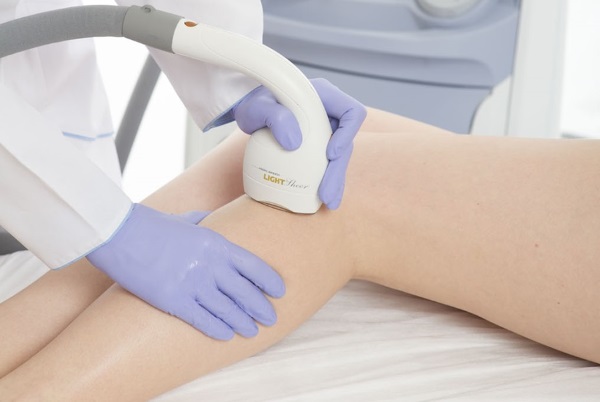
Before turning on the unit, the doctor and the patient wear protective glasses designed to protect the pupils from laser light flashes. The device is adjusted individually for each person, taking into account the sensitivity, sequence number of the procedure and skin phototype. The settings may differ for different skin areas (the bikini area and armpits are much more sensitive than the legs).
When the device is turned on, the doctor begins to move a manipulator over the skin, which creates narrowly focused light beams.
After all the specified areas have been exposed to the manipulator, an antiseptic is applied to the treated skin and a cold compress is applied. The procedure can take from 10 minutes to 1.5 hours, depending on the area of the skin to be treated. Some of the hairs are burned instantly. The rest fall out within 2 weeks. from the date of epilation.
The cost
The cost of laser hair removal is calculated based on several pricing factors:
- Scope of hair removal. This is the most significant factor. The larger the area of the epilated area, the higher the cost of the procedure.
- Work specifics. Despite the fact that the bikini area, for example, is small in size, the cost of the service will be higher due to the complexity of the work, high sensitivity of the skin and a lot of time spent.
- Duration of the course. The number of sessions required is calculated by a specialist based on the patient's individual data (thickness and thickness of the hairline, hair growth stage). The stiffer and thicker the hair, the longer the course will take.
- Anesthesia. The use of an anesthetic cream will affect the cost.
Salons often offer discounts to visitors. This can be a bonus for the first visit, for referring a friend. Some salons reduce prices for certain services when ordering several at the same time, for example legs + bikini.
What should not be done after the procedure?
Doctors strictly forbid sunbathing between procedures. Ultraviolet study increases skin dryness and sensitivity. In conjunction with the dehydrating effect of the laser, there is a high probability of overdrying the skin, with all the ensuing consequences.
Ultraviolet rays also stimulate the production of melanin in the skin, thereby reducing the contrast between the skin and hair. This reduces the effectiveness of the next session of hair removal, and the course as a whole. More treatments may be required.
Already after the first procedure, experts recommend refusing to visit saunas, baths and swimming pools to prevent inflammation of the hair follicles (folliculitis).
If crusts appear at the epilation sites, you should refrain from mechanical removal. After the skin heals, they will fall off on their own, otherwise scars or hyperpigmented areas may remain.
Skin care after the procedure
It is possible to restore and soften the skin after the procedure rather quickly with regular use of creams and lotions on the treated areas. Burns and redness should be immediately treated with healing agents, such as Bepanten or Panthenol. Any form of preparation (spray, cream, ointment) will do.
Before leaving the premises in the summer, it is imperative to apply sunscreen to the areas of the skin free from clothing, where epilation was carried out. For effective protection against ultraviolet radiation, it is worth using products labeled SPF-30. This is the optimal level of protection against negative consequences.
Myths about laser hair removal
- The laser promotes the formation of tumors. Laser hair removal (whether it is harmful to use the procedure, the doctor will tell you) has skin tumors in the list of contraindications, but the oncogenic wavelength of ultraviolet radiation is 320-400 nm, there are none in the laser radiation spectrum. It is much more likely to stimulate the growth of skin lesions when visiting a tanning bed.
- After the procedure, the hair becomes larger and harder. This is only part of the truth. After the second procedure, active germination of dormant bulbs can be observed. It is a synchronization effect when the body tries to make up for a loss. After the third procedure, the number of dormant follicles is significantly reduced, the hair grows less often, thin and in small quantities.
- Photoepilation is more effective than laser. In fact, these are 2 devices that use the same principle of influencing melanin. The photoepilator appeared first, and the laser device was invented much later. The most innovative is the diode laser. It has a much higher efficiency and the result lasts longer.
- Not everyone is affected by the laser. The light flux in the skin looks for a target - melanin in the hair shaft or follicle. If not, there is no effect. Gray hair and fluffy hair, which does not contain pigment, are not subject to laser action. If the laser does not work on black or sufficiently dark hair, it is necessary to carry out examinations. Most often, a hormonal imbalance occurs in the body, one of the symptoms of which may be tough, densely colored facial hair. With a repeated procedure after undergoing treatment, the effect will appear.
- Laser hair removal is expensive. The cost of services in this area of cosmetic services does not change significantly for about 10 years. To estimate the cost of a regular shave, it's worth calculating how much money is spent on razors, shaving foams or gels, ingrown hair scrubs, and skin care creams. The amount, when recalculated for 10 years, will turn out to be impressive. Comparing it to the cost of laser hair removal over the same period, there is little difference and much less hassle.
Laser hair removal is an effective method of combating unwanted vegetation on the body, but before resorting to the procedure, you should consult your doctor to avoid possible harm to the body.
Interesting videos about laser hair removal, its effectiveness and possible harm
Pros and cons of different types of hair removal:
Diode laser hair removal:

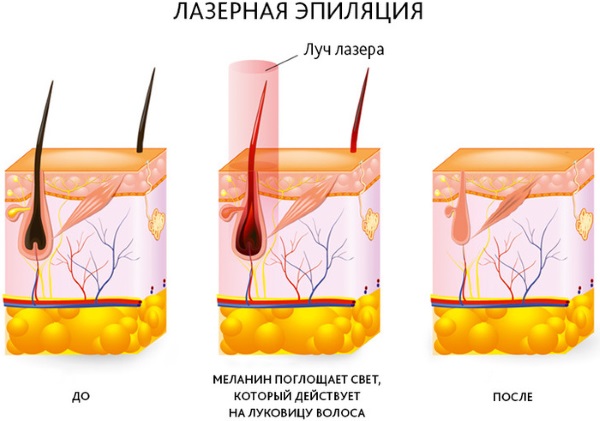
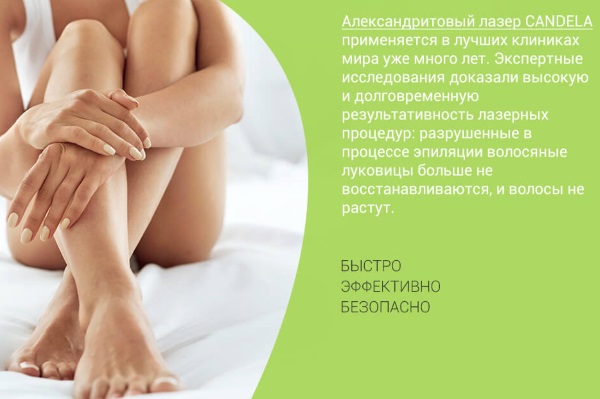
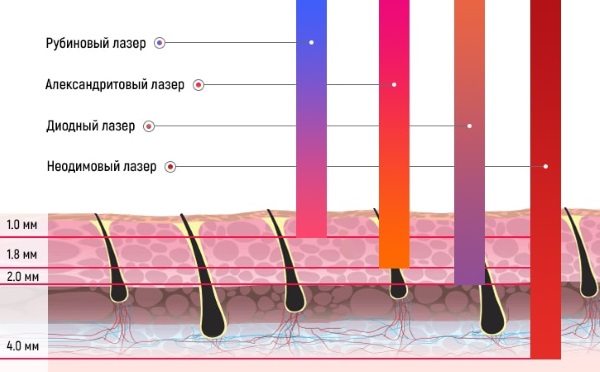
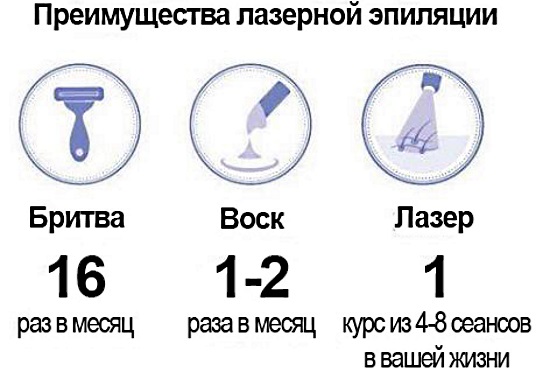
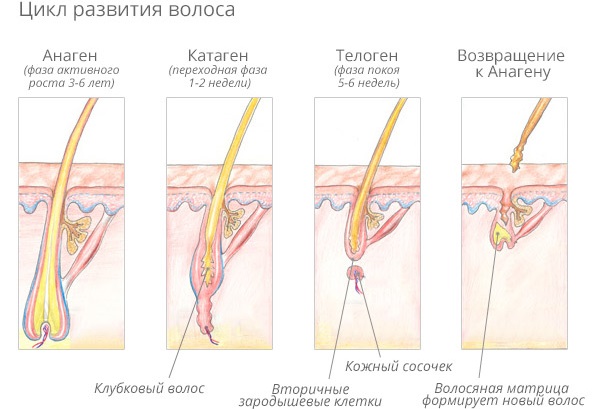
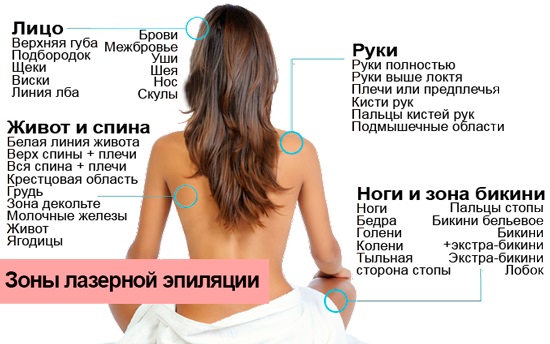
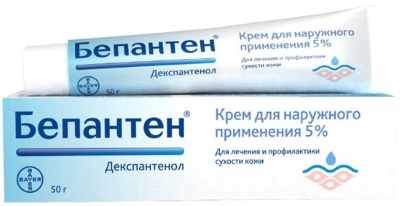
Thanks to laser hair removal, I forgot about hair and shaving! This is an amazing procedure! I have already taken a course for the armpit and legs. Now I want to do the bikini area too!